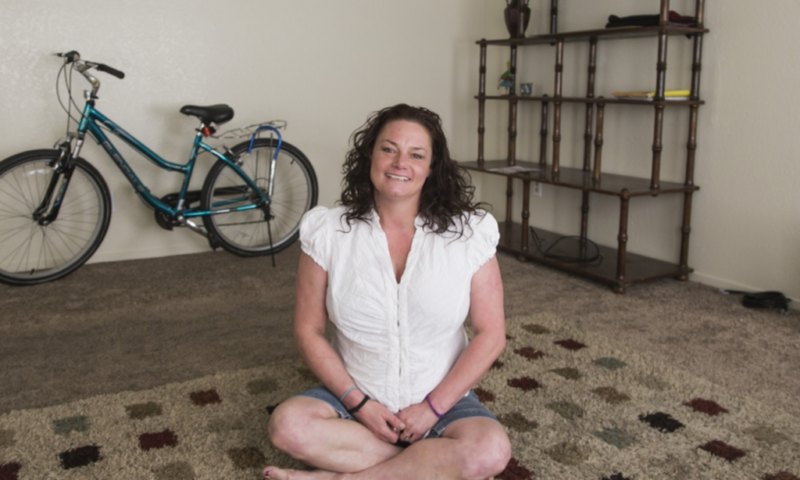
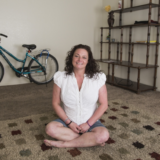
The way Esther Delahey sees it, her neighborhood in south Fresno, the Lowell district, has gotten a bad rap. Named in 1884 for the New England poet James Russell Lowell, the district is part of a larger area, hemmed in by three highways.


California leads the nation in having the most severely rent-burdened households, as well as having the largest shortage of affordable rental homes. (The U.S. Department Housing and Urban Development and other agencies consider families that spend more than 30 percent of their income on rent as rent-burdened.)

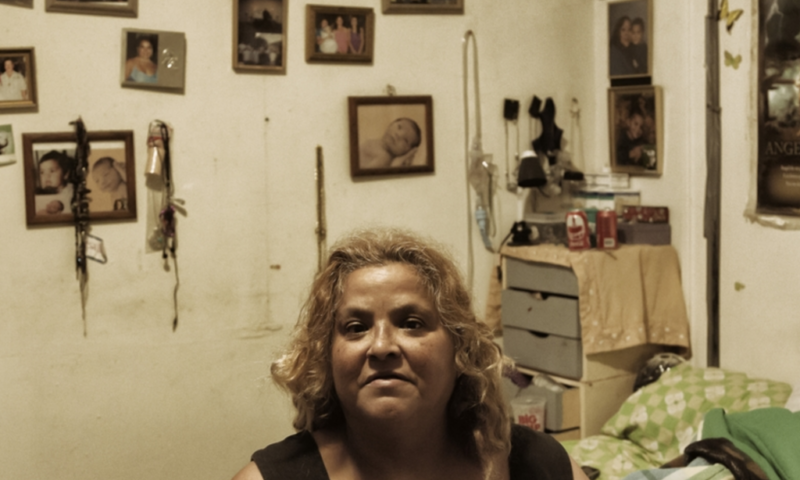
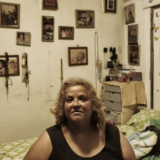
Isabelle Lopez, her husband and their dog live in a tiny room, perhaps 130 square feet, in the impoverished Lacy neighborhood in the Orange County city of Santa Ana.

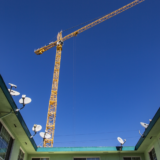
Housing developers – whether they specialize in market-rate properties or affordable housing – face tremendous hurdles in getting projects off the ground in California.
“There’s probably a hundred challenges,” says Cynthia Parker, the president and chief executive officer of BRIDGE Housing, a nonprofit housing developer based in San Francisco.
See More Stories in Capital & Main’s Affordable Housing Series
Material prices keep going up, with the costs of steel and glass not expected to come down any time soon. Labor expenses also keep rising. Even with the lowest interest rates in our lifetime, it still can be very difficult to make economic sense for starting a new construction project without some sort of guarantee that it will not be a bust. Developers say that perhaps the toughest impediment to new housing construction is local opposition, especially if the proposed construction site is in a safe neighborhood with good schools.
» Read more about: The Developer’s Story: Why Affordable Housing Doesn’t Get Built »


Hollywood insiders scanning the #Oscarsowhite lists of this year’s Academy Award nominees have not failed to notice that the five candidates for Best Cinematography are all male and all white—and to no one’s surprise. While the Academy of Motion Picture Arts and Sciences has announced changes in membership rules to make its voters more inclusive in years to come, not a single woman or person of color in the “lenser” category, as the trades call directors of photography, has ever been tapped to receive the coveted gold statuette to be handed out this year at the Academy’s 88th ceremonials on February 28 at the Dolby Theater.
Also Read: Race and the Oscar Race
“It’s a shame,” says Rebecca Rhine, national executive director of the International Cinematographers Guild Local 600, which is part of the International Alliance of Theatrical Stage Employees (IATSE). Noting that “access and opportunity” to employment determine who gets to win awards,
» Read more about: #belowthelinesowhite? Hollywood’s Rank & File Leaders Tackle Diversity »


No one’s ever claimed that Hollywood movies reflect the breadth of society, but this year’s Oscar nominees look more like attendees of a Trump rally in South Carolina than the face of the modern American populace.
Without a single person of color nominated in any of the acting categories for the second year in a row, a firestorm of protest and counter-protest has swept across social media. Some have called for a boycott of the ceremony, while others claim that to demand recognition solely on the basis of color is reverse racism. Nevertheless, the fact remains that there were some fantastic performances by people of color that were inexplicably overlooked. The Academy Awards have never been a paradigm of diversity, it’s just that in 2016 people feel that the climate of the times should result in rainbows rather than snowstorms.
Also Read:
#belowthelinesowhite? Hollywood’s Rank &
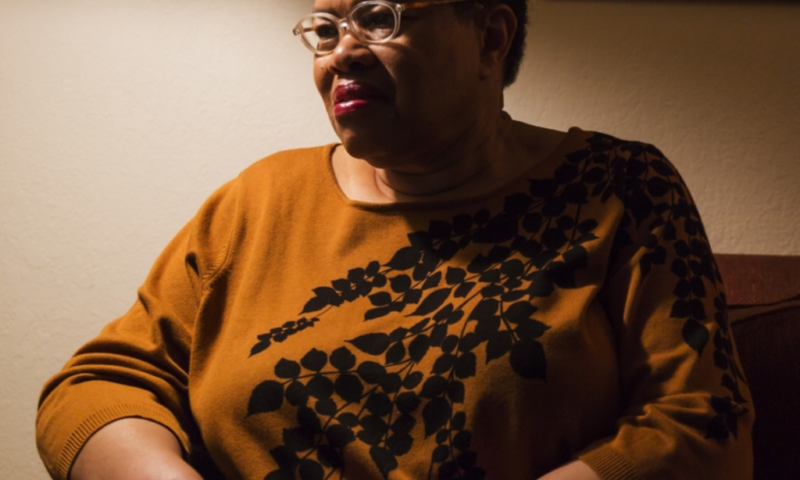
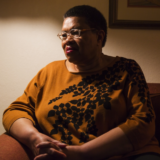
Grade-school art teacher Melissa Jones is attending the opening of an exhibit called Roofless: Art Against Displacement at the Arlene Francis Center in Santa Rosa. It is a cold, rainy night in early January. Jones is a single mother; she and her 12-year-old son live in a one-bedroom basement flat in the nearby rural community of Forestville, for which she pays $825 per month plus utilities. She is desperate to move into a bigger place, but for many the rents in Sonoma County have become unaffordable.
See More Stories in Capital & Main’s Affordable Housing Series
Among other problems, too few apartment buildings have been built in recent years. Developers say they have been hampered by huge impact fees that can run as high as $100,000 a unit, that cash-strapped localities in California, operating in a tax-raising environment straitjacketed by Proposition 13, have imposed on builders. The collapse of redevelopment funding has further reduced local governments’ ability to build enough subsidized housing.

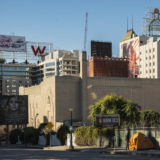
It’s no secret that California residents pay more for housing than residents in most other states, especially in the metropolitan coastal areas and Silicon Valley cities. Los Angeles, San Diego, San Francisco, San Jose, Palo Alto and other highly attractive, jobs- and amenities-rich cities are widely documented as being the least-affordable housing markets in California.
See More Stories in Capital & Main’s Affordable Housing Series
Obtaining decent affordable rental housing and earning enough income to sustain a family are increasingly more difficult goals to achieve. The American Dream of homeownership, and of building and maintaining stable communities, is fading in the face of this new socio-economic reality.
Red flags abound: The state’s poorest families pay up to two-thirds of their income on housing, firmly placing them in the severely “rent burdened” category of households. (Families that spend more than 30 percent of their income on rent are considered rent-burdened by the U.S.
» Read more about: Trouble on the Dream Coast: Housing Policy Challenges »


One block north of fabled Hollywood Boulevard, and a stone’s throw from the iconic Capitol Records Building, sit three rent-stabilized, two-story apartment buildings, known to residents as the Yucca-Argyle complex. One building is peach-colored, one green and the third yellow. Each is organized around a small courtyard and in back is a parking lot for tenants’ cars. Together they are home to roughly 50 families, the residents ranging in age from young children to old-timers who have lived in the complex for more than half a century.
See More Stories in Capital & Main’s Affordable Housing Series
By most measures the complex’s residents have it good. Living in one of L.A.’s more walkable and vibrant neighborhoods — where cafes, bookstores, night clubs, restaurants and clothing boutiques vie for consumers’ attention — they pay varying amounts above $1,000 for a one-bedroom apartment, beneficiaries of Los Angeles’s 1978 Rent Stabilization Ordinance (RSO).
» Read more about: Renting in Los Angeles — Dislocation, Dislocation, Dislocation »